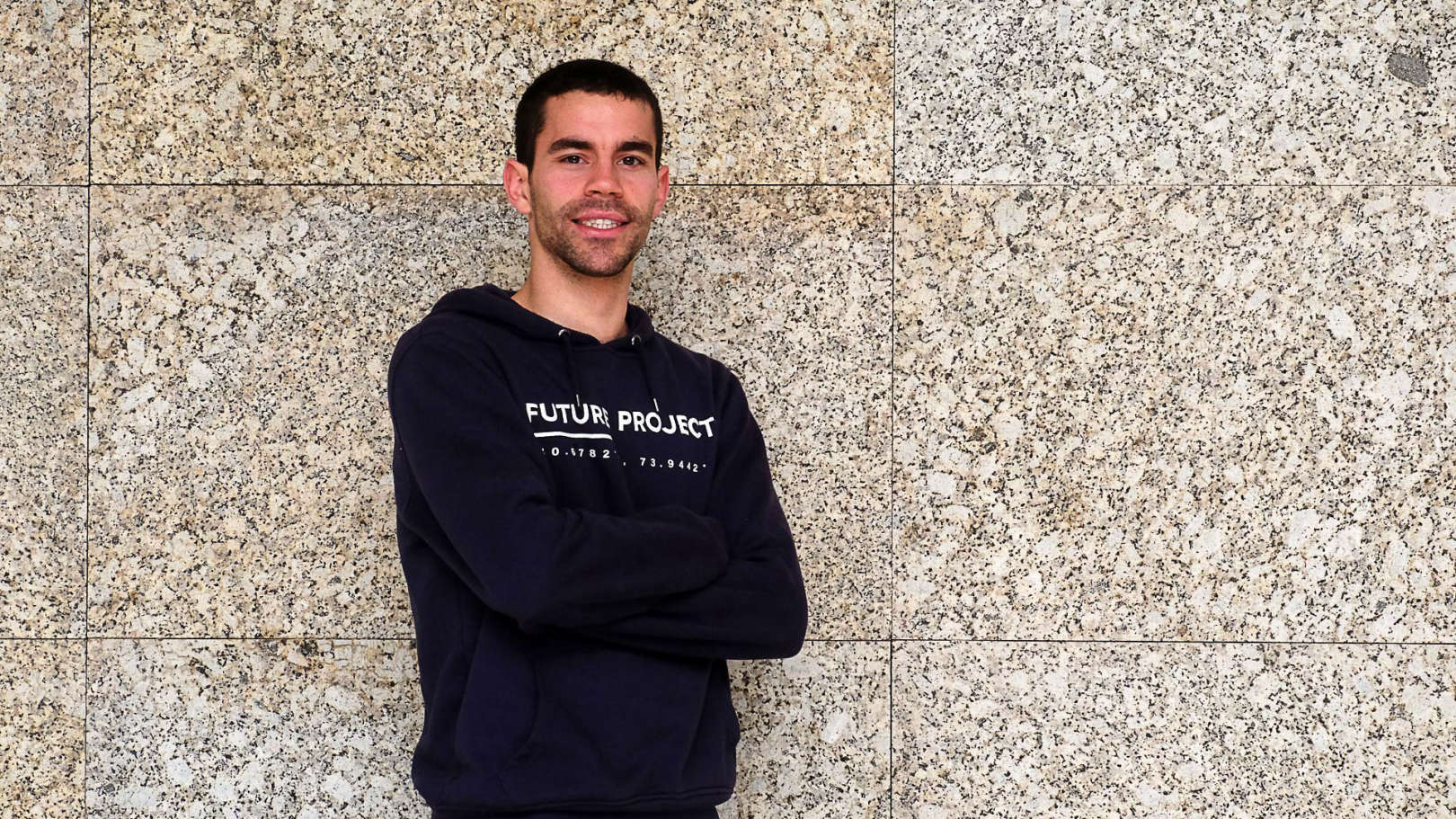About
I am a researcher at HASLab - INESC TEC and a student of Physics Engineering, where I am currently attending the master i'm degree branch of Physics of Information.
I'm doing my master's dissertation in the area of quantum computation.

I am a researcher at HASLab - INESC TEC and a student of Physics Engineering, where I am currently attending the master i'm degree branch of Physics of Information. I'm doing my master's dissertation in the area of quantum computation.
I am a researcher at HASLab - INESC TEC and a student of Physics Engineering, where I am currently attending the master i'm degree branch of Physics of Information.
I'm doing my master's dissertation in the area of quantum computation.
2021
Authors
Tavares, C; Oliveira, S; Fernandes, V; Postnikov, A; Vasilevskiy, MI;
Publication
SOFT COMPUTING
Abstract
As quantum computing approaches its first commercial implementations, quantum simulation emerges as a potentially ground-breaking technology for several domains, including biology and chemistry. However, taking advantage of quantum algorithms in quantum chemistry raises a number of theoretical and practical challenges at different levels, from the conception to its actual execution. We go through such challenges in a case study of a quantum simulation for the hydrogen (H-2) and lithium hydride (LiH) molecules, at an actual commercially available quantum computer, the IBM Q. The former molecule has always been a playground for testing approximate calculation methods in quantum chemistry, while the latter is just a little bit more complex, lacking the mirror symmetry of the former. Using the variational quantum eigensolver method, we study the molecule's ground state energy versus interatomic distance, under the action of stationary electric fields (Stark effect). Additionally, we review the necessary calculations of the matrix elements of the second quantization Hamiltonian encompassing the extra terms concerning the action of electric fields, using STO-LG-type atomic orbitals to build the minimal basis sets.
The access to the final selection minute is only available to applicants.
Please check the confirmation e-mail of your application to obtain the access code.

